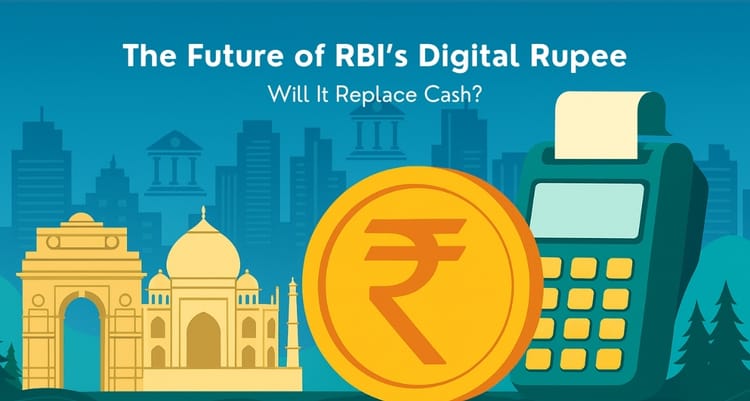The Future of Electric Vehicles In India

India is currently one of the fastest-growing economies in the world, and with that comes a surge in demand for transportation. The country has one of the highest levels of air pollution globally, and the transportation sector is one of the leading contributors. The government recognizes the need for sustainable transportation and has put in place policies to encourage the adoption of electric vehicles (EVs) in the country. In this blog, we will look at the future of electric vehicles in India.
The Indian government launched the Faster Adoption and Manufacturing of Hybrid and Electric Vehicles (FAME) scheme in 2015 to incentivize the adoption of EVs in the country. The scheme offers financial incentives for the purchase of EVs and supports the development of charging infrastructure across the country. The scheme has been successful in boosting EV sales in the country, and the government recently announced an extension of the scheme till 2024.
The government has also set a target of having 30% of all vehicles on the road be electric by 2030. This target is ambitious, but it is achievable if the government continues to invest in charging infrastructure and incentivizes EV adoption. The Indian EV market has grown rapidly in the past few years, and there are several domestic and international automakers that have launched EVs in the country.
One of the key factors that will determine the success of EVs in India is the development of charging infrastructure. The government is investing in the development of charging stations across the country, but more needs to be done to ensure that EVs can be charged easily and conveniently. There is also a need for the standardization of charging infrastructure to ensure that all EVs can be charged at any charging station.
The cost of EVs is also a significant factor that will determine their adoption in the country. While EVs are becoming more affordable, they are still more expensive than conventional vehicles. The government's FAME scheme offers financial incentives for the purchase of EVs, which can help reduce the cost for consumers.
The future of EVs in India looks promising, and the country has the potential to become a global leader in EV adoption. The government's policies and investments in charging infrastructure and incentives for EV adoption have been successful in boosting EV sales in the country. However, there is still a long way to go before EVs become mainstream in the country.
Conclusion
The adoption of electric vehicles in India is crucial for reducing the country's dependence on fossil fuels and reducing air pollution. The Indian government's policies and investments in charging infrastructure and incentives for EV adoption have been successful in boosting EV sales in the country. The future of EVs in India looks promising, and with continued investments and policies, India can become a global leader in EV adoption.






Member discussion